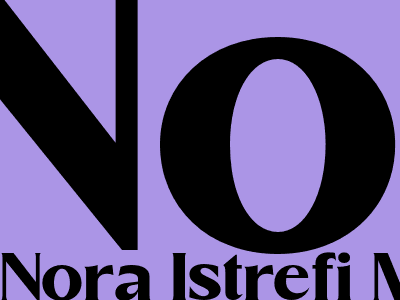Content Quality Standards for Enhanced SEO
Introduction
In today's competitive digital landscape, creating high-quality content is paramount for enhancing your website's Search Engine Optimization (SEO) and achieving higher rankings on search engine result pages (SERPs). By providing valuable, informative, and engaging content to your audience, you can improve your website's visibility, authority, and user engagement, ultimately boosting your SEO performance.
The Importance of Content Quality
Content is at the core of SEO, as it determines the value and relevance of your website to search engines and users alike. High-quality content provides several benefits, including:
- Improved Keyword Rankings: Content optimized with relevant keywords helps search engines understand the topics covered on your website, increasing your chances of ranking higher for those keywords.
- Enhanced User Engagement: Engaging and informative content keeps users on your website for longer, reducing bounce rates and increasing dwell time, which are positive signals for SEO.
- Increased Backlinks: High-quality content is more likely to be shared and linked to by other websites, which helps build backlinks and improves your website's authority.
- Improved Brand Reputation: By consistently providing valuable content, you establish your website as a credible source of information, building trust and enhancing your brand reputation.
Creating High-Quality Content
Creating high-quality content that meets Google's and Blogger's content quality standards involves several key elements:
1. Relevance and Value
Your content should be relevant to the topics covered on your website and provide value to your target audience. Conduct thorough keyword research to identify the topics and keywords that are most relevant to your business and audience, and focus on creating content that addresses their needs and interests.
2. Originality and Depth
Avoid duplicate content or simply rehashing information that is already available elsewhere. Instead, strive to provide original insights, perspectives, or analysis on topics that are relevant to your audience. Offer in-depth information that covers the topic comprehensively, providing readers with valuable knowledge and insights.
3. Readability and Engagement
Make sure your content is easy to read and understand, even for readers who may not be familiar with the topic. Use clear and concise language, avoid jargon, and break up long paragraphs into smaller, more manageable sections. Incorporate headings, subheadings, bullet points, and other visual elements to improve readability and scannability.
4. Credibility and Trustworthiness
Build trust and credibility by citing reputable sources to support your claims, providing evidence for your statements, and avoiding unsubstantiated opinions or rumors. Link to external websites or sources to provide additional information and demonstrate the accuracy and reliability of your content.
5. Regular Updates and Fresh Content
Keep your content fresh and up-to-date by regularly updating and adding new content to your website. This shows search engines that your website is active and provides valuable information, which can help improve your rankings and attract new visitors.
Conclusion
Creating high-quality content is an ongoing process that requires a commitment to providing valuable information to your audience. By following the content quality standards outlined above, you can enhance your SEO performance, improve user engagement, and establish your website as a credible and authoritative source of information.

Comments